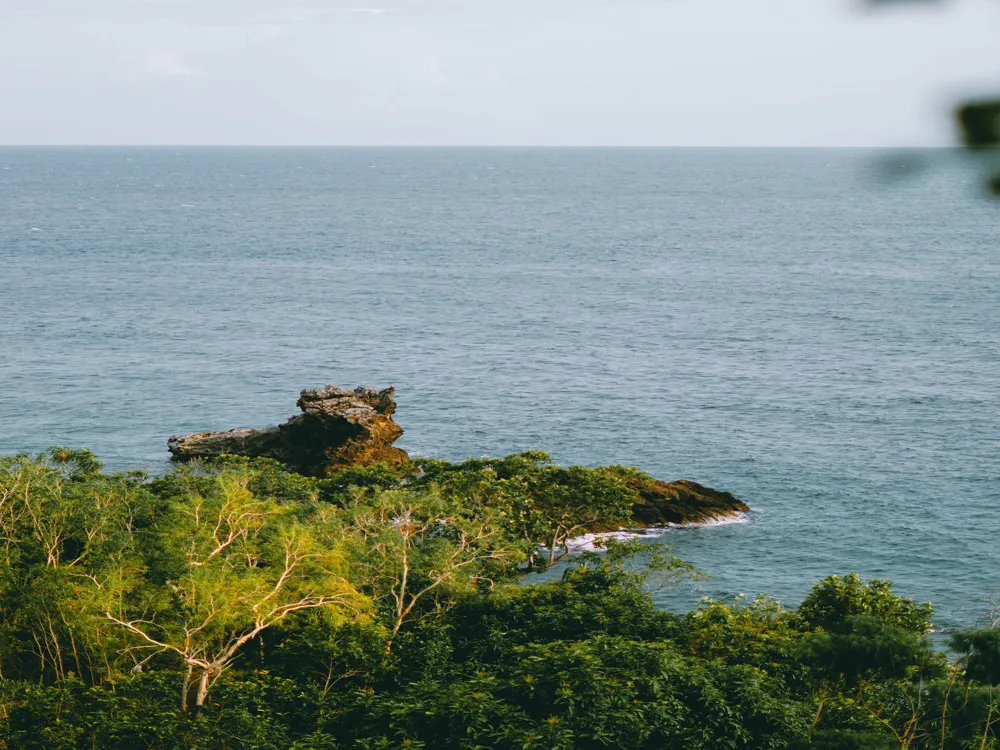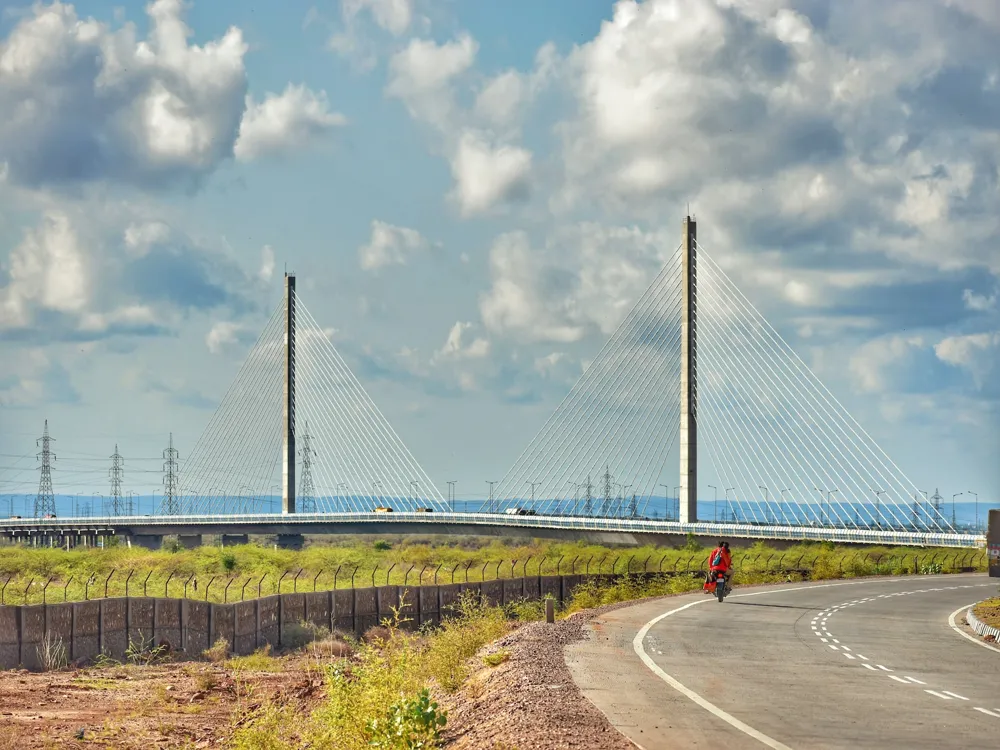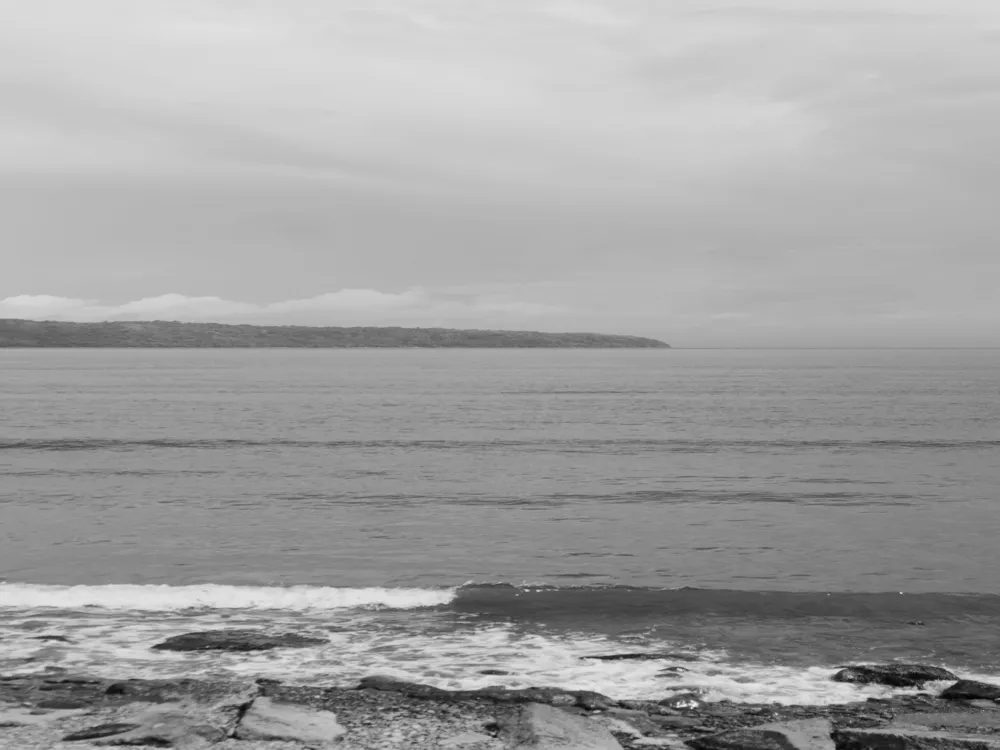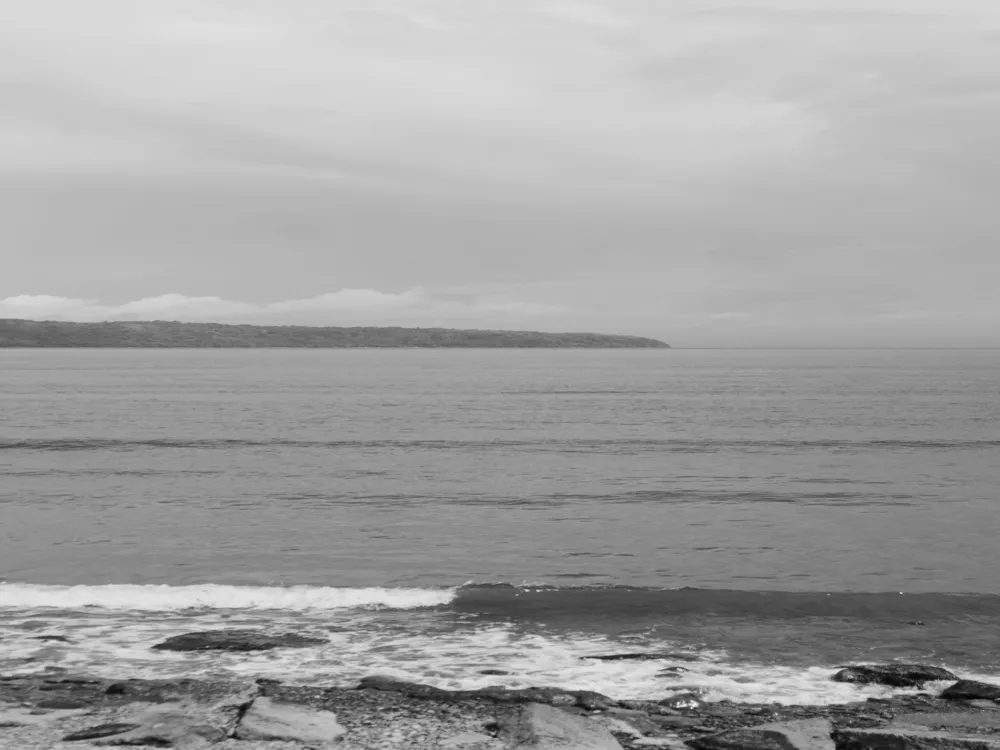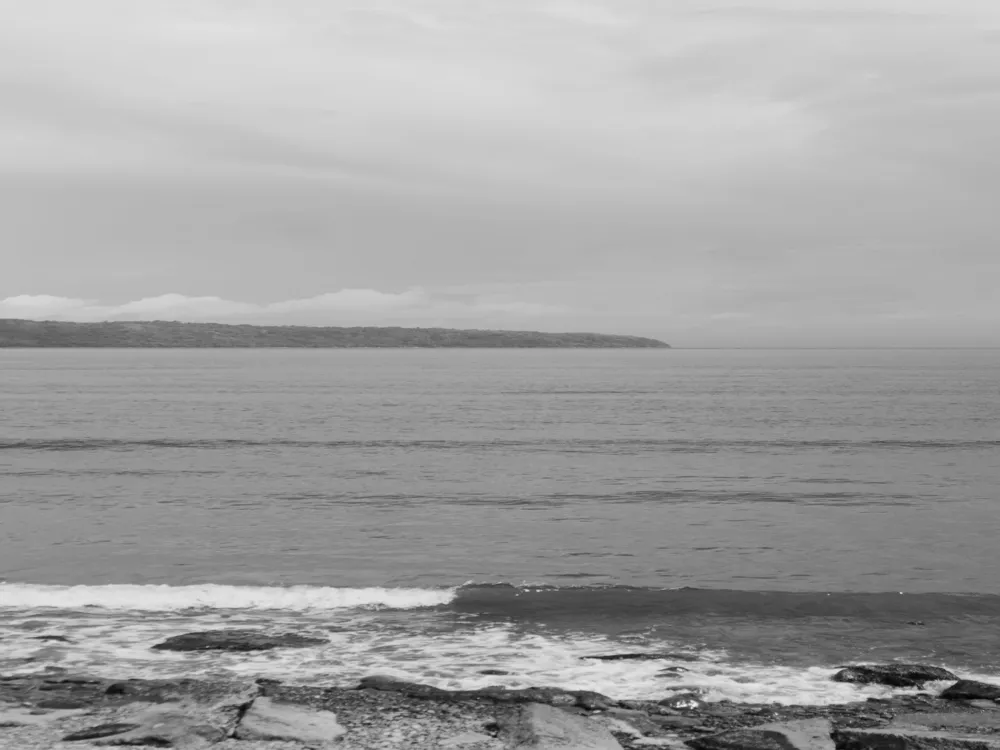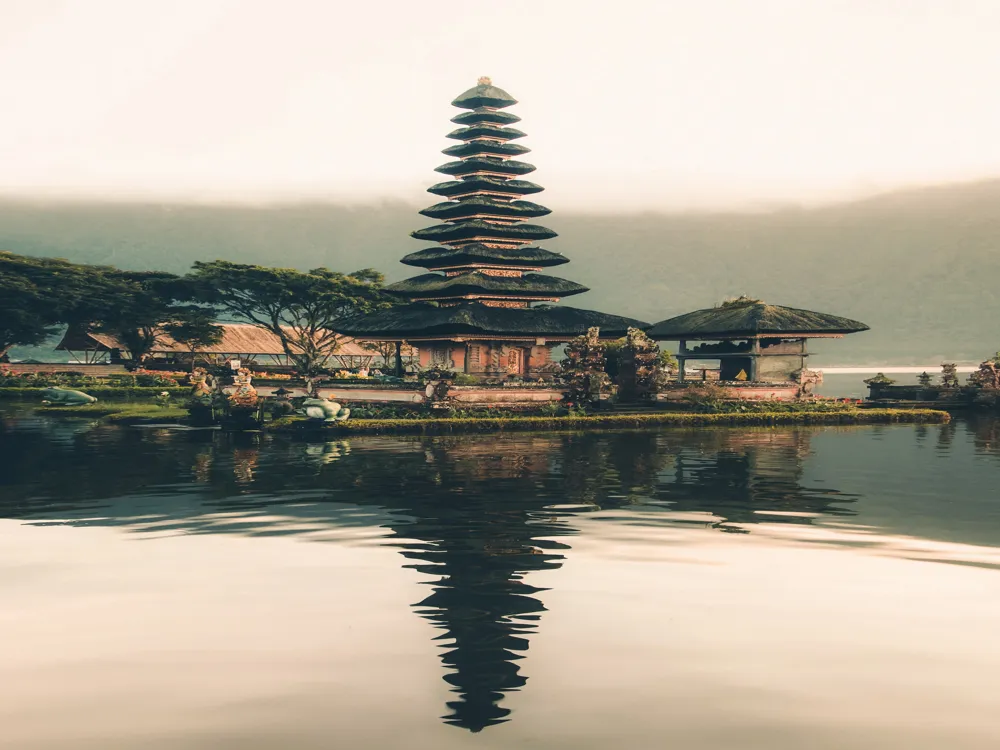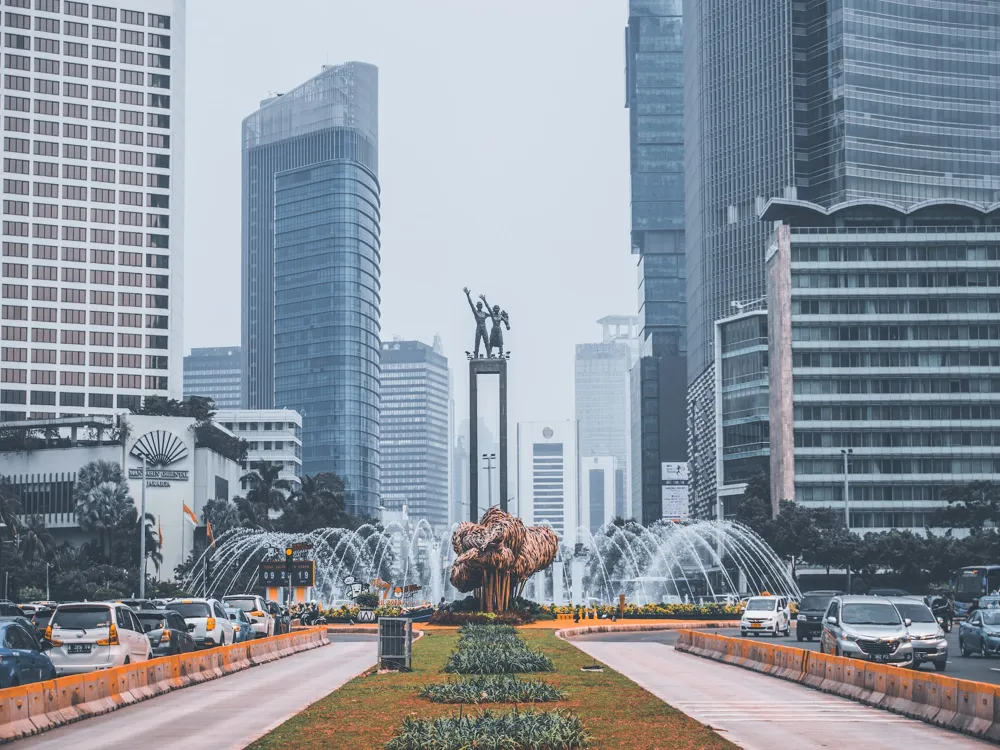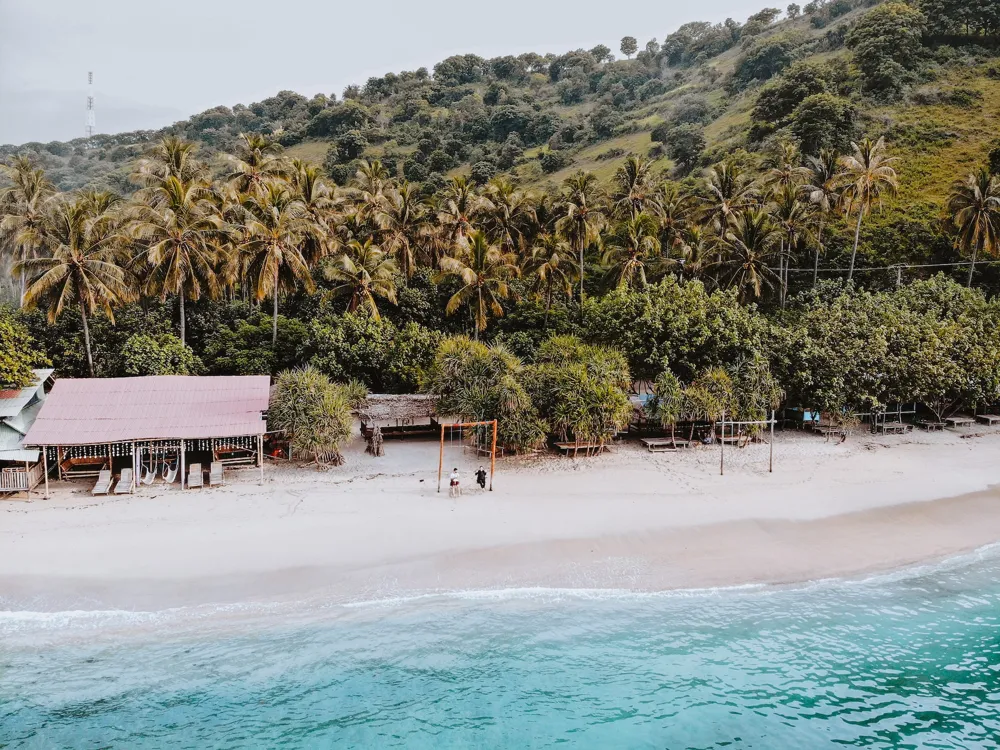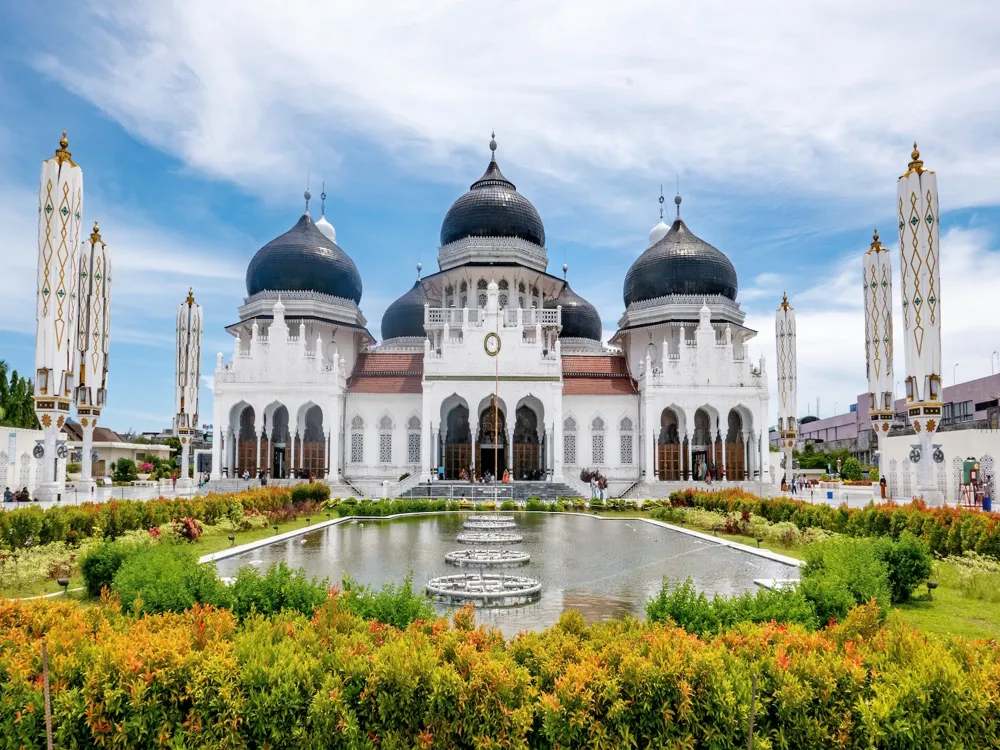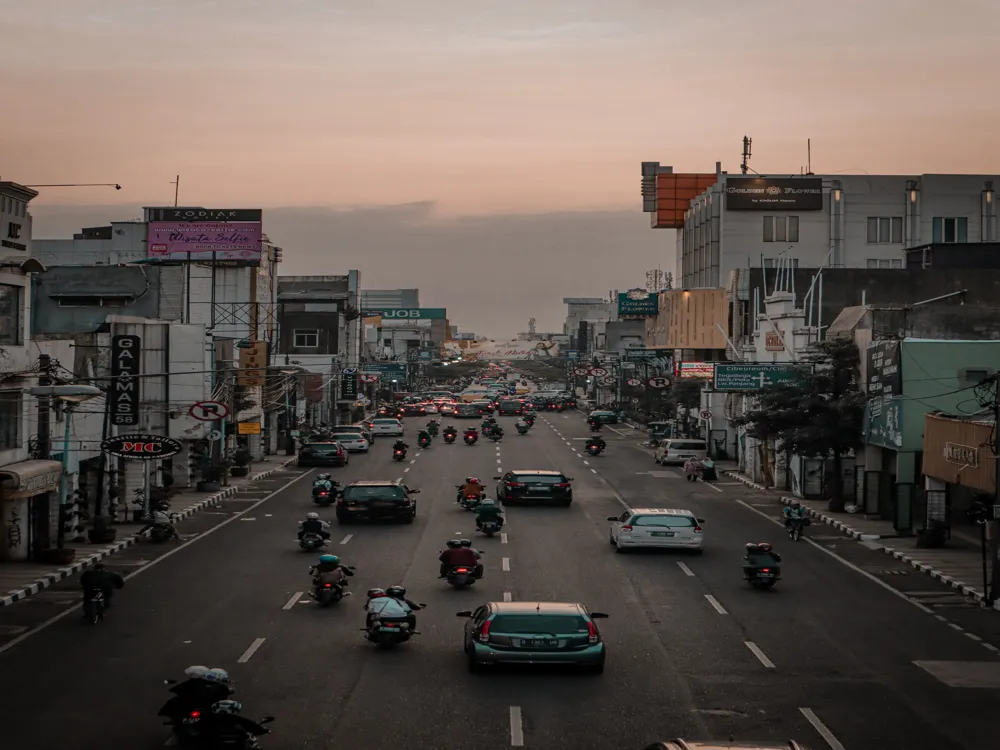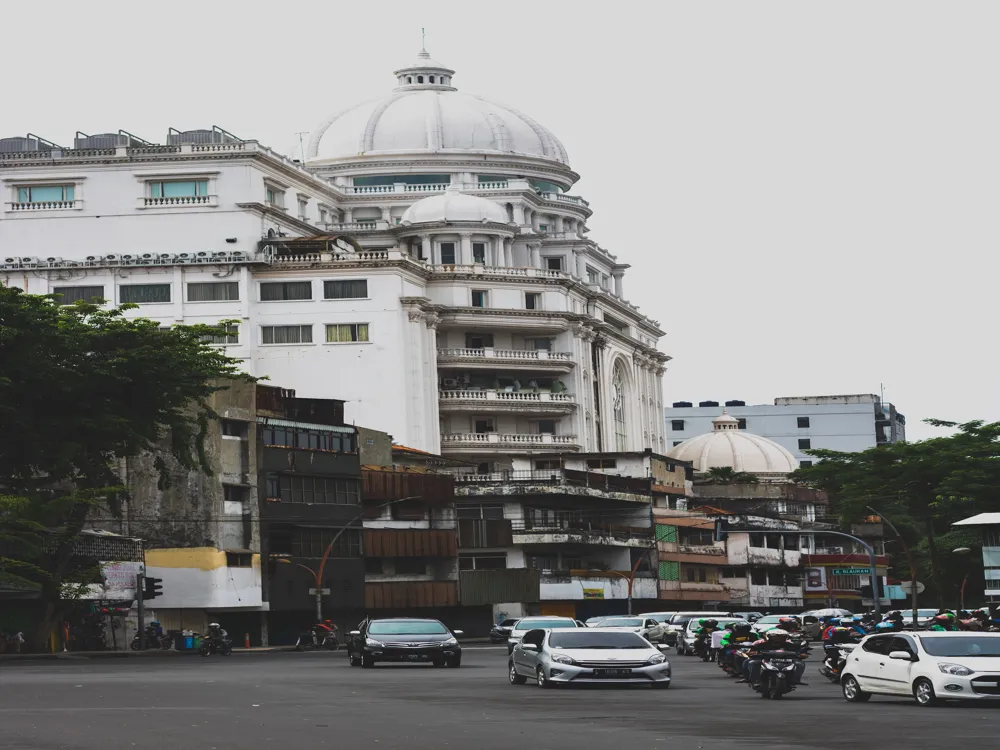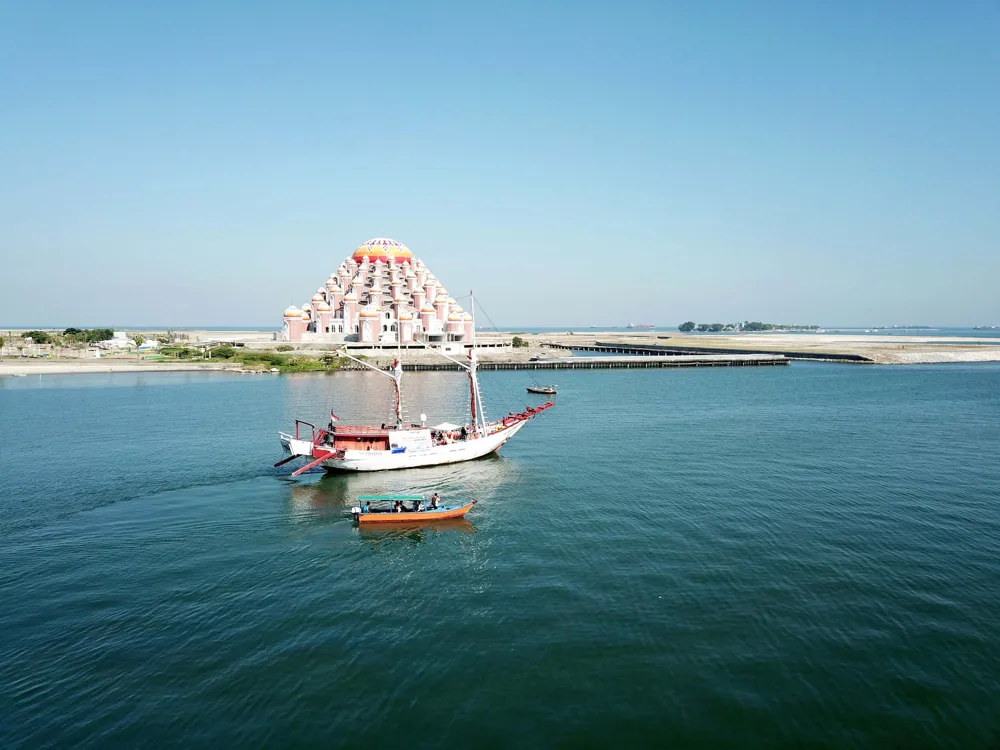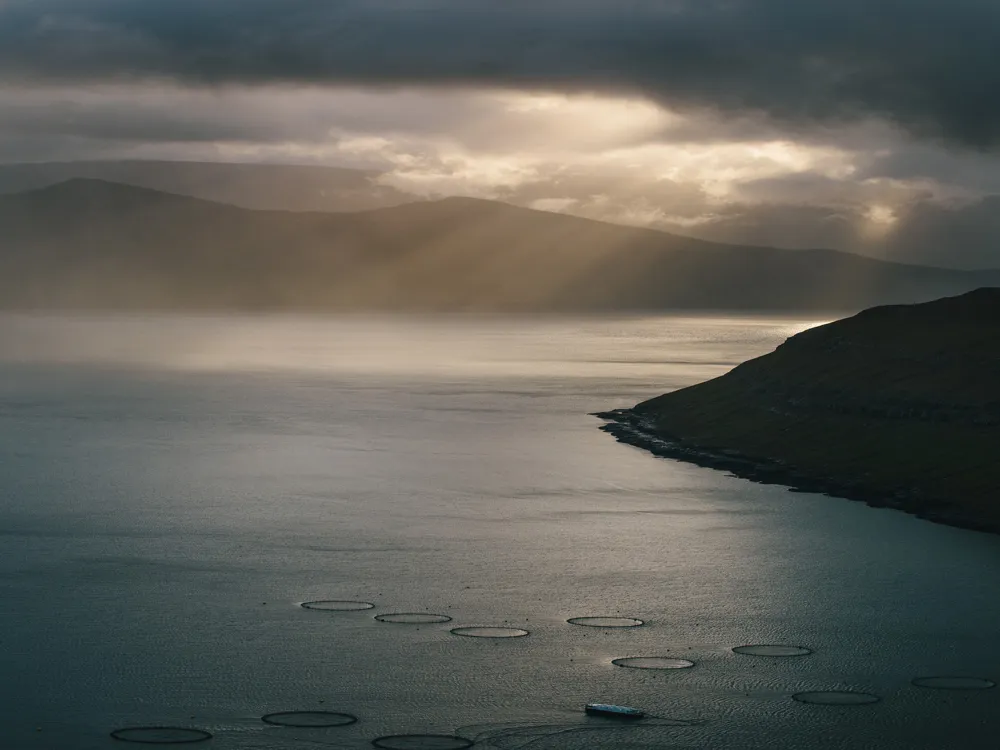Pulau Banda, a serene gem in the heart of Indonesia's Maluku Islands, is a destination steeped in history and natural beauty. Known for its vibrant marine life and historical significance, the island has been a crossroads of culture and commerce for centuries. The Banda Islands, an archipelago of ten small volcanic islands, are renowned for their lush landscapes and the historic role they played in the spice trade, particularly nutmeg and mace. The islands' history is a tapestry of colonial endeavors, with Dutch, Portuguese, and English influences evident in its architecture and local customs. This fusion of cultures has created a unique social fabric that's both intriguing and welcoming. The natural beauty of Pulau Banda is unmatched, with its crystal-clear waters, abundant coral reefs, and diverse marine life, making it a paradise for divers and nature enthusiasts. Its volcanic origins have blessed it with rich, fertile soil that nurtures a variety of spices and tropical fruits, adding to its allure. Pulau Banda's importance in the global spice trade can't be overstated. Once the world's only source of nutmeg and mace, these islands drew merchants from across the globe, leading to a turbulent history marked by colonial struggles. Today, visitors can explore this rich history through well-preserved forts, colonial mansions, and museums that tell the story of Pulau Banda's past. The island's community is a blend of indigenous Bandanese, settlers from different parts of Indonesia, and descendants of European traders. This melting pot has given rise to a unique cultural landscape, evident in the local cuisine, traditional music, and festivals. The people of Pulau Banda are known for their warm hospitality, offering a glimpse into their rich cultural tapestry through their daily lives. The geographical isolation of Pulau Banda has helped preserve its pristine natural environment. Home to some of the world's best-preserved coral reefs, the island offers spectacular snorkeling and diving experiences. The surrounding waters are teeming with a variety of fish, turtles, and occasionally, dolphins and whales. On land, the lush green hills provide scenic hiking trails leading to breathtaking viewpoints, showcasing the island's volcanic beauty. Pulau Banda's slow pace of life is a refreshing change from the hustle and bustle of modern cities. It's a place where time seems to stand still, inviting visitors to immerse themselves in the tranquil beauty of nature and the rich tapestry of history. The island's charm lies in its ability to blend its historical significance with the tranquility of an untouched paradise, making it a must-visit destination for those seeking a unique travel experience. The architecture of Pulau Banda is a vivid reflection of its storied past, where centuries of colonial influence have left an indelible mark. The island's buildings are a unique blend of European colonial styles mixed with traditional Indonesian elements, creating a distinctive aesthetic that tells the story of its rich history. The most striking examples of colonial architecture are found in the remnants of Dutch and Portuguese forts. Fort Belgica, the most prominent, sits atop a hill offering panoramic views of the island. Its pentagonal design and imposing bastions are a testament to the strategic importance of Pulau Banda in the spice trade. The fort's thick walls and cannons are well-preserved, giving visitors a glimpse into the island's turbulent colonial past. Colonial mansions dot the landscape of Pulau Banda, showcasing Dutch architectural influence. These grand structures, once homes to wealthy spice merchants, feature high ceilings, large windows, and spacious verandas. The use of local wood and coral stone in their construction is a nod to traditional building techniques, while their ornate facades and tiled roofs reflect European sensibilities. The island's religious architecture is equally fascinating, with historic mosques and churches coexisting harmoniously. The Masjid Jami Banda Neira, a beautiful mosque, embodies Islamic architectural elements with a local twist. Similarly, the early 20th-century Protestant church illustrates the European religious influence, with its simple yet elegant design. Traditional Bandanese homes, built on stilts, are another architectural highlight. These wooden structures are designed to withstand the island's tropical climate, with elevated floors for ventilation and protection from flooding. The use of bright colors in these homes adds a vibrant touch to the island's visual landscape. Pulau Banda's architecture is not just about aesthetics; it's a physical narrative of the island's history, culture, and the ingenuity of its people. From the imposing forts to the humble stilt houses, each structure tells a story of survival, adaptation, and the blending of different cultural influences over centuries. The preservation of these architectural treasures is a priority for the local community, as they embody the soul of Pulau Banda. Efforts are being made to maintain these historical buildings, ensuring that they continue to tell the story of Pulau Banda for generations to come. The ideal time to visit Pulau Banda is between April and June, and September to November. During these months, the weather is generally dry, with calm seas, making it perfect for diving and exploring the islands. Lightweight clothing, sunscreen, insect repellent, and comfortable walking shoes are must-haves. Don't forget your snorkeling or diving gear to explore the rich marine life. It's important to dress modestly and respect local customs. Engaging with locals respectfully and showing interest in their culture will enrich your experience. Internet access can be limited, so prepare for sporadic connectivity. Embrace this opportunity to disconnect and immerse yourself in the natural beauty and tranquility of the islands. Bring any necessary medications, as medical facilities are basic. It's also advisable to have travel insurance that covers medical emergencies. Reaching Pulau Banda involves a bit of adventure, adding to its allure. The most common route is flying to Ambon, the capital of Maluku province, followed by a domestic flight or a ferry ride to Banda Neira, the main island of the Banda archipelago. The journey by sea, although longer, offers a chance to witness the breathtaking beauty of the Indonesian archipelago. For those seeking a more direct route, chartered flights are available, though less frequent and more costly. These flights offer a quicker and more comfortable journey to the island. Regardless of the mode of travel, the journey to Pulau Banda is an integral part of the experience, offering stunning views and a sense of adventure that sets the tone for your visit to this enchanting island. Read moreOverview of Pulau Banda, Maluku Islands
Architecture of Pulau Banda
Tips When Visiting Pulau Banda
Best Time to Visit
Packing Essentials
Respecting Local Culture
Staying Connected
Health Precautions
How to Reach Pulau Banda
Maluku Islands Tourism
Best Time to Visit Maluku Islands
How to Reach Maluku Islands
Things To do in the Maluku Islands
Pulau Banda
Maluku Islands
NaN onwards
View maluku-islands Packages
Maluku-islands Travel Packages
View All Packages For Maluku-islands
Top Hotel Collections for Maluku-islands

Private Pool

Luxury Hotels

5-Star Hotels

Pet Friendly
Top Hotels Near Maluku-islands
Other Top Ranking Places In Maluku-islands
View All Places To Visit In maluku-islands
View maluku-islands Packages
Maluku-islands Travel Packages
View All Packages For Maluku-islands
Top Hotel Collections for Maluku-islands

Private Pool

Luxury Hotels

5-Star Hotels

Pet Friendly







